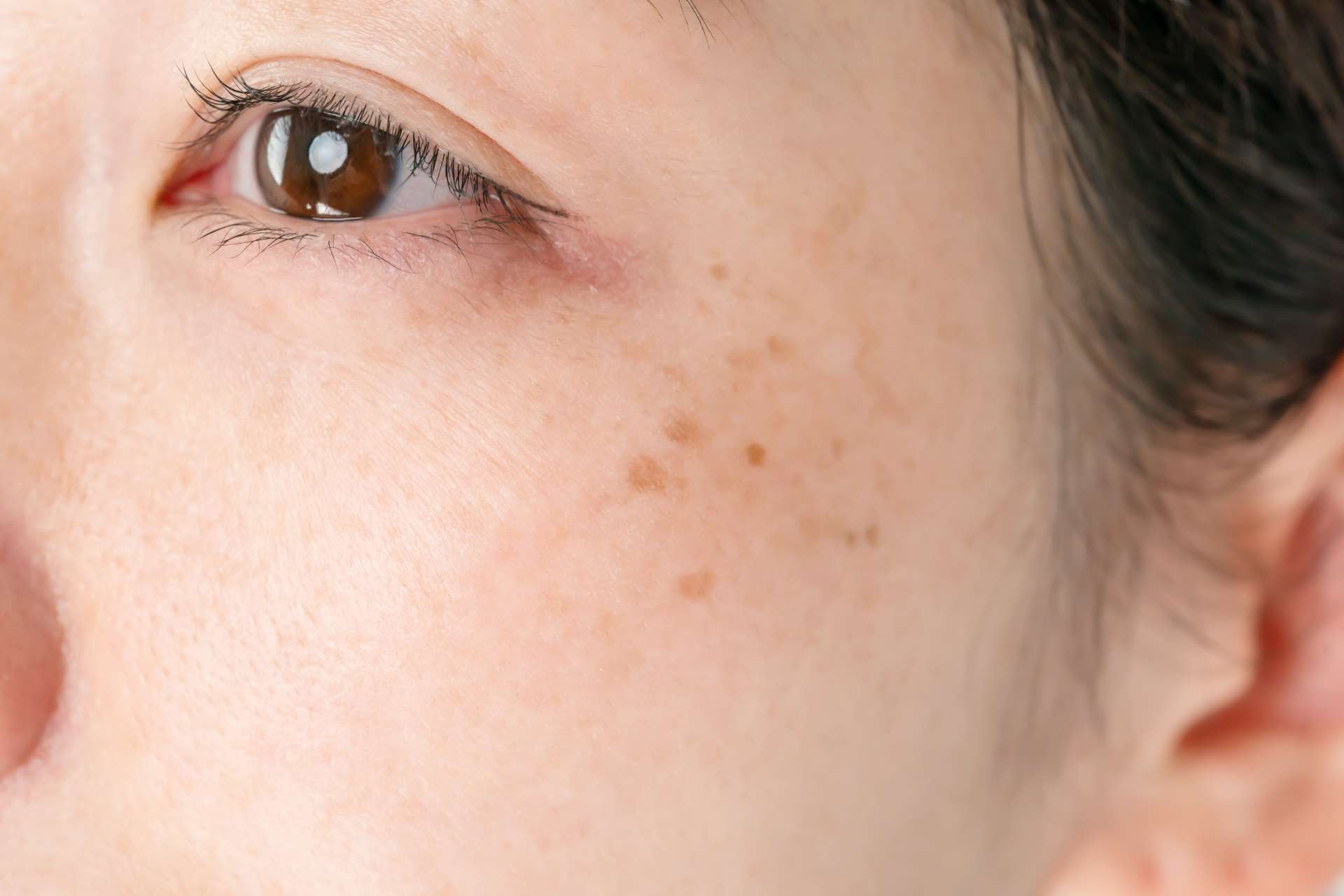Health
Understanding Pigmentation Problems in Skin: Causes and Treatment Approaches

Pigmentation problems in the skin, including hyperpigmentation and hypopigmentation, can significantly impact an individual’s appearance, confidence, and overall well-being. This essay explores the diverse causes of pigmentation disorders and highlights various treatment approaches aimed at restoring skin pigmentation and promoting skin health.
Hyperpigmentation: Darkening of the Skin
Hyperpigmentation is characterized by the darkening of patches or specific areas of the skin due to an overproduction of melanin. This can be triggered by various factors, including prolonged exposure to sunlight, hormonal fluctuations such as those experienced during pregnancy or when using oral contraceptives, inflammation, skin trauma, and certain medical ailments such as melasma or post-inflammatory hyperpigmentation.
Hypopigmentation: Lightening of the Skin
Hypopigmentation involves the loss or reduction of melanin, resulting in lighter patches or areas. Causes of hypopigmentation may include genetic factors, autoimmune conditions (e.g., vitiligo), skin infections (such as tinea versicolor), chemical exposure, trauma, or certain medications.
Causes of Pigmentation Problems:
- UV Exposure: Prolonged sun exposure can stimulate melanin production, which can lead to the development of dark spots and uneven pigmentation over time.
- Hormonal Changes: Fluctuations in hormones, such as those occurring during pregnancy, menopause, or as a side effect of hormonal medications, can trigger melanin production and result in hyperpigmentation.
- Inflammation and Injury: Skin inflammation caused by acne, eczema, psoriasis, or trauma can lead to post-inflammatory hyperpigmentation characterized by dark marks or scars in affected areas.
- Genetic Factors: Genetics can play a role in determining an individual’s susceptibility to pigmentation disorders such as melasma or vitiligo.
- Medical Conditions: Certain medical conditions, such as hormonal imbalances, autoimmune disorders, or metabolic syndromes, may disrupt normal melanin production and result in pigmentation abnormalities.
Treatment Approaches:
- Topical Treatments: Creams and lotions incorporating substances like hydroquinone, retinoids, kojic acid, azelaic acid, or vitamin C are effective in reducing the appearance of dark spots and achieving a more uniform skin tone. These ingredients work by either limiting melanin production or enhancing cell turnover.
- Chemical Peels: Chemical peels (for instance, glycolic acid or salicylic acid peels) can exfoliate the skin and reduce the appearance of hyperpigmentation by promoting the shedding of pigmented cells and stimulating collagen production.
- Laser Therapy: Laser treatment for skin, including fractional laser resurfacing, intense pulsed light (IPL) therapy, or Q-switched lasers, can target pigmented lesions and selectively destroy melanin-producing cells, leading to gradual lightening of dark spots and improved skin tone.
- Microdermabrasion: Microdermabrasion is a procedure that entails using a mechanical device to exfoliate the outer layer of the skin. This method aids in diminishing the visibility of hyperpigmentation and fostering skin rejuvenation progressively.
- Camouflage Makeup: Camouflage makeup products, such as color-correcting concealers or foundation, can help to temporarily conceal pigmentation irregularities and provide an immediate improvement in skin appearance.
Conclusion
In conclusion, pigmentation problems in the skin can arise from a variety of factors, including UV exposure, hormonal changes, inflammation, genetic predisposition, and medical conditions. Effective treatment approaches for pigmentation disorders may encompass topical treatments, chemical peels, laser therapy, microdermabrasion, or camouflage makeup tailored to the specific needs and characteristics of individual patients. By understanding the underlying causes of pigmentation problems and utilizing appropriate treatment modalities, dermatologists and skin care professionals can help patients achieve clearer, more even-toned skin and enhance their overall quality of life.
